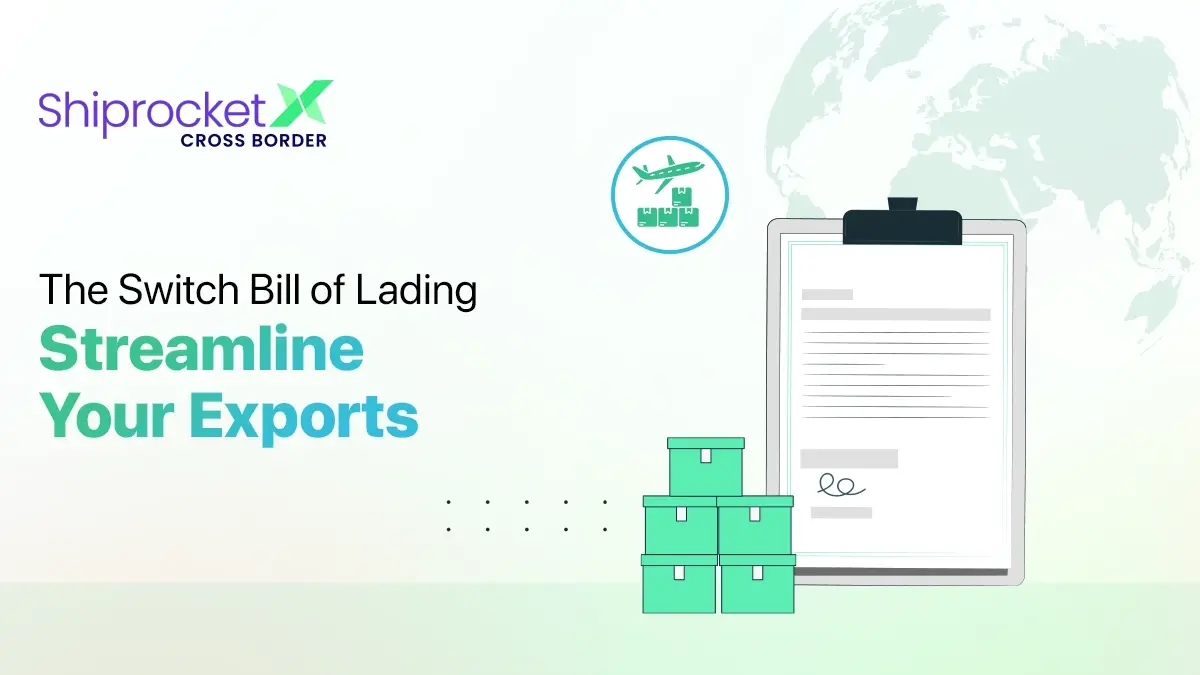Best Practices For Effective Communication With Your International Customers

Did you know? 58% of small businesses worldwide are expanding with international customers, while approximately 96% small businesses are all braced up to venture into global markets. While international business brings in more benefits than little, there are high chances of roadblocks in effective communication with buyers from different regions of the world.
What Are The Barriers To Effective Communication With Global Buyers?
Overload Of Cultural Differences
Too much diversity in buyer types is also a barrier to achieve an engaging customer experience for global brands. Your buyers from the US might have a different product demand than your buyers in Australia. Changing brand messaging to make it demography-specific is always a hassle, and often becomes too overwhelming for your loyal customers.
Relay Of Excess Information
Too much information is often confusing and difficult for consumers to process and understand, and when it comes to international communications, too much transfer of brand knowledge results in the central points and relevancy being missed.
Overuse of Jargons
While creative expression of your brand’s offering is refreshing, it might not always land you long-term buyers. This is because the focus messaging is often missed, and use of complicated language in communication creates buyer layoffs due to delayed understanding and reduced intent content.
Restricted Brand Communication Channels
Global brands must have more than one channel to resolve and revert to customer complaints, especially ones that are used worldwide. Lack of multi-channel connectivity causes problem escalations and prevents quick resolve of buyer issues.

Guide To Ensuring Buyer Loyalty Worldwide
Keep Your Brand Messaging Consistent
Loyalty starts with consistency, be it in product quality, or brand messaging. Make sure you use neutral messaging across all platforms for your brand, be it on the website, on social media handles, in-app notifications, or customer support services. Descriptions of products should always be the same everywhere you market or sell them, including in eCommerce marketplaces, and buyers must be notified instantly of every new update to the brand services and change of messaging.
Skip Negative Verses From Getting Communicated
Phrases with words like “shouldn’t” “cannot”, “won’t” are best avoided while marketing your products or communicating with your international customers. These often downsize the surety or determination of your brand’s problem-solving capabilities, and there is a high possibility that your buyer may lose confidence in the brand.
Heed Closely To Buyer Feedbacks
Be it over support chats and calls or post-purchase feedback, customers’ voice is important to be heard. Not only does this help improve your range and quality of products, but also helps to enhance brand services that sync with your buyers’ needs. Even while a support personnel attends to customers in a foreign country over-call, their problems should be welcomed positively in order to create a bridge of trust, despite cultural, demographic differences.
Concise, Direct Communication Modes
While communicating with customers across borders, time is always of the essence. While your buyers are already taking a leap of faith procuring from a foreign brand, it is your responsibility to keep them updated on everything concisely and with hundred percent relevance. This helps to win their loyalty without any frustrated responses. If you’re looking to deliver efficient customer communication via your services, the communication mode, be it social media, email, or voice channel, should be a combination of both personalized approaches with efficient practices.
Wrapping Up: Importance Of Effective Communication
International customer communication is a challenge at times, but can be delivered seamlessly with the help of clear, concise messaging and engagement of buyers for feedback post purchase. Most international shipping companies help with such post-purchase communication with the help of services like branded tracking pages for continuous brand visibility, communication channels such as Whatsapp, SMS and email for keeping customers informed of any changes to order delivery schedules, as well as customer support to receive and resolve feedback and issues respectively.






